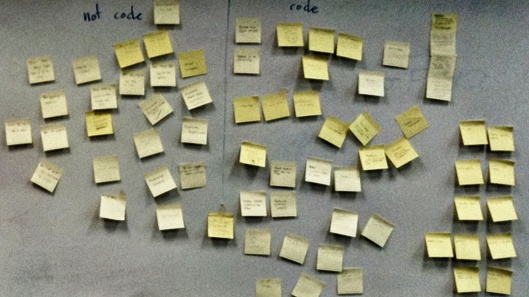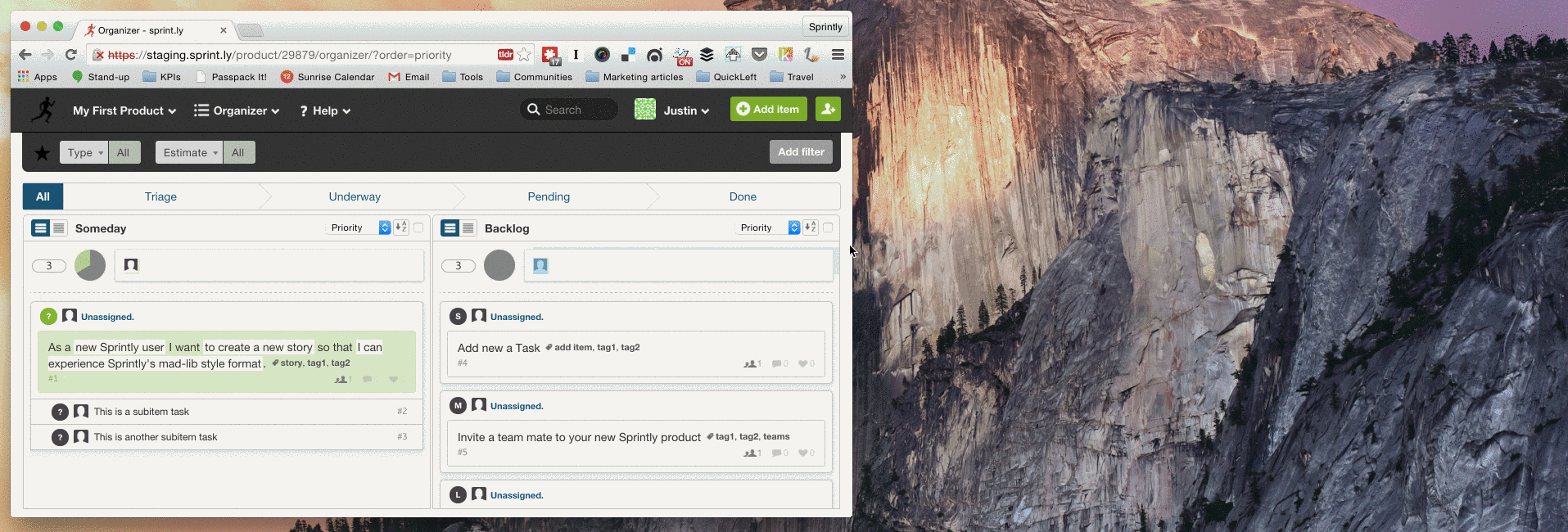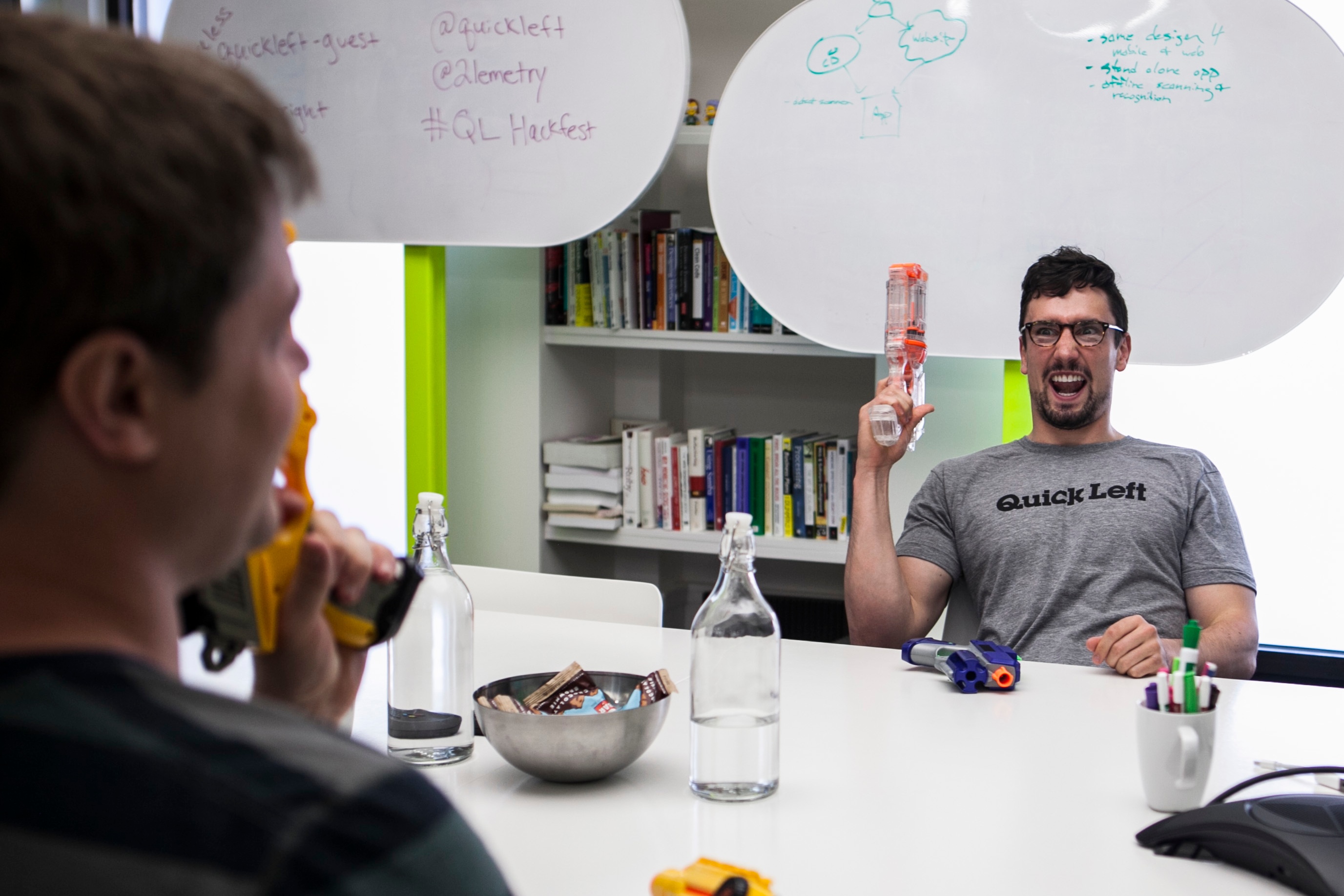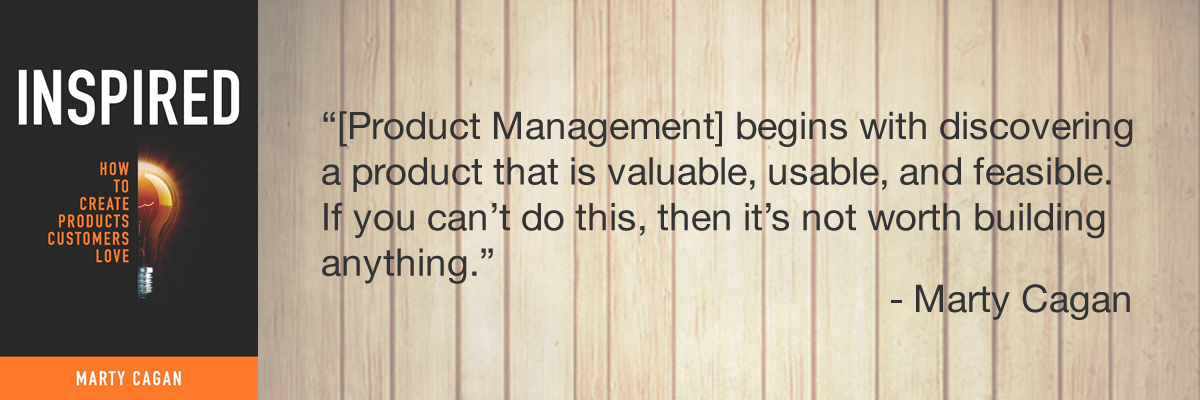No more sticky notes

Agile consultants love sticky notes. I think it’s because using sticky notes, during the initial agile training, makes for a great group activity. Everyone is sitting at the table, writing out user stories. Each person gets a turn to go up to the wall and stick their note. Everyone gets to collaborate with the prioritization. […]
Use your whole screen

We’ve had multiple requests for Sprintly to better use screen real estate at higher resolutions. Now the Organizer, Activity, Reports, and Progress views are flexible. Go ahead and try it for yourself: expand that window! You’ll find this especially helpful in the Organizer view, as you can now see all five columns at once: Someday, […]
Turn Slack into a GitHub command center
Does your team use GitHub Issues? You can now connect Slack and GitHub issues using our app, Partyline. This will allow you to manage your GitHub Issues without ever leaving Slack. For example, you can ask it to show you open issues: You can also create new tasks from Slack: You can try Partyline right […]
Don’t fight over tools

Every team needs tools (software, SaaS, apps) to get the job done. However, choosing those tools as a group can be frustrating. Some people like GitHub, others like Beanstalk. Developers want to use Slack to communicate, but management wants to use email. Employees want to use Macs, but the IT department wants to buy Lenovo. […]
What is Slack’s secret to growth?
My coworking office recently had to decide which group chat application we were going to use. We’d started with Kato because it was free, but members soon started to complain: Can we use Slack instead? The reason our members wanted to switch wasn’t because of features. Functionally, Slack and Kato are very similar. Both applications […]
How to create great User Stories
The User Story is the main item of work in most agile software teams. Often, Product Managers are the people responsible for writing them. The idea is that you represent a feature from a user’s perspective to the rest of the organization (specifically, the developers who will be working on it). Generally, it follows this […]
The software development process

There’s a lifecycle to developing software. Distinct items of work are the foundation of the process. Generally, there are 4 types of items: User Stories: A story is often a new feature or additional functionality. In general, it should add value for users. A good rule of thumb is that anything that requires more than […]
Why we’re open sourcing our most important feature
Recently, we developed a new digital Kanban board for Sprintly. It’s currently in beta, and looks like this: This view allows users to see tasks in each stage of the development process: Someday, Backlog, Current, Done, and Accepted. Kanban was built using React, Flux, and React Router, backed by a Node.js server running Hapi for […]
How to figure out what people want

Note: this is a part of our new course on Product Management. It will provide you with the basics you’ll need to succeed in your new role. You can sign up here! The Product Manager’s most important job is to figure out what people want. What should we build and why should we build it […]
What is a Product Manager?

Are you a new Product Manager? We’re launching a new course to provide you with the basics you’ll need to succeed in your new role. In his book, Inspired, Marty Cagan defines a Product Manager as someone who “discovers a product that is valuable, usable and feasible.” In the context of software development, “product management” includes […]
